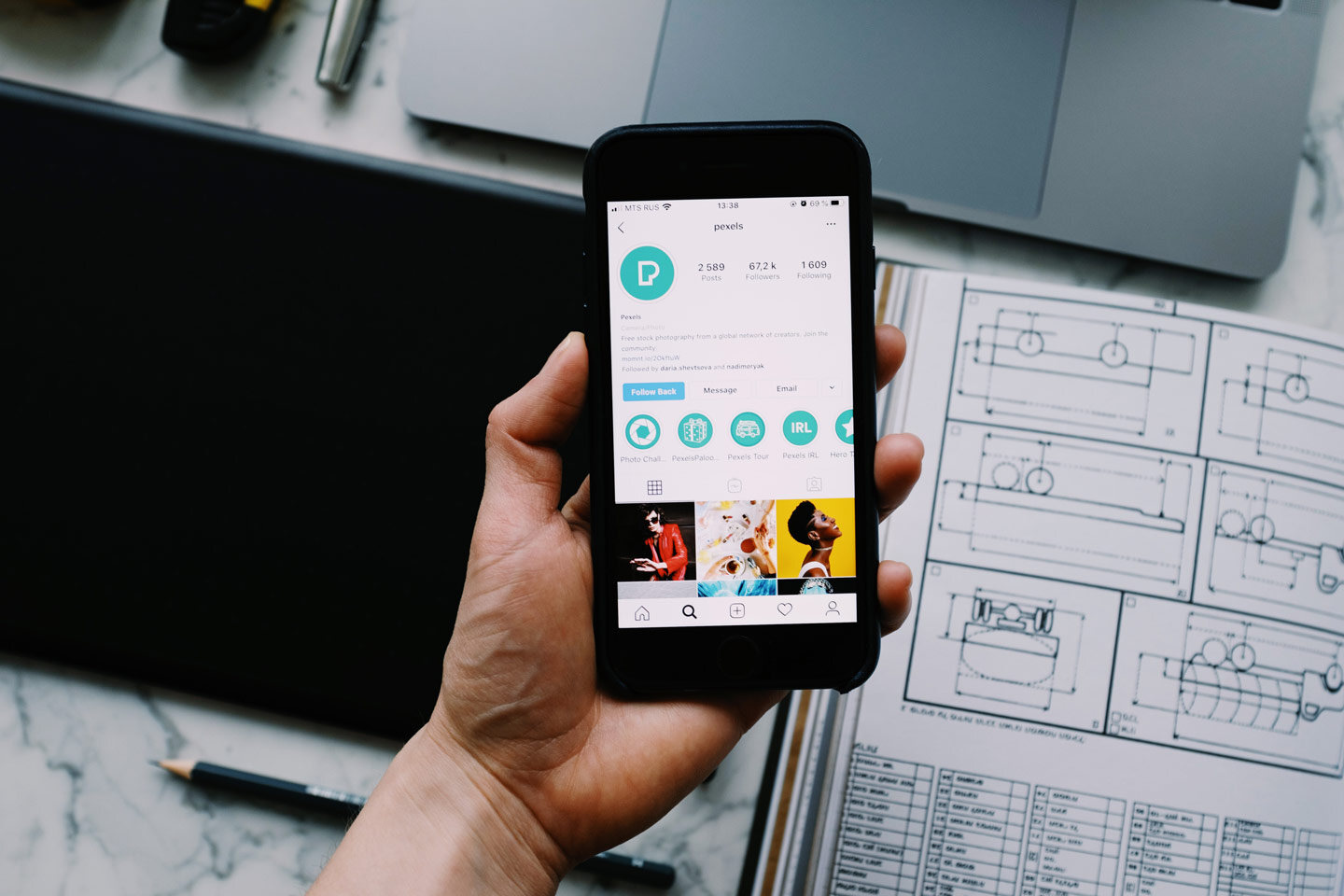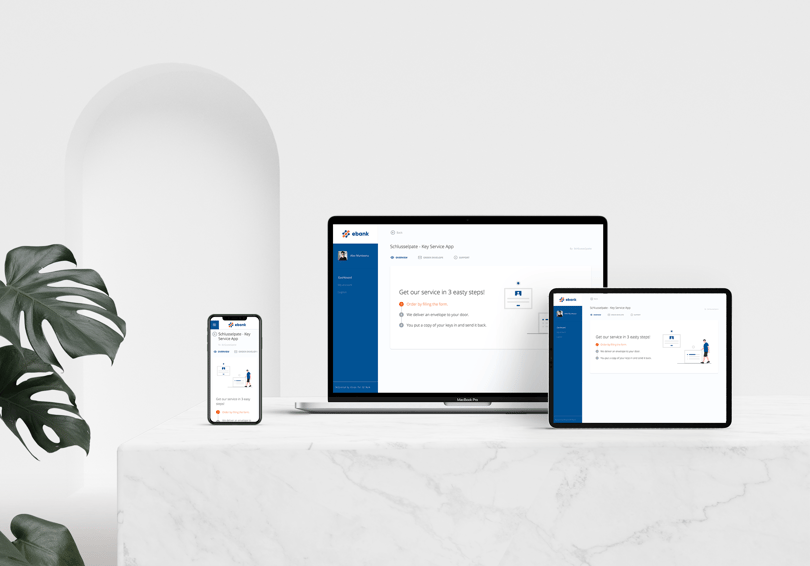Mobile design. Something almost as important as the app itself.
For startup founders and entrepreneurs it’s essential to keep in mind that design has a lot to do with business success. If the design process is neglected, most times bankruptcy can occur.
A quick look at last year’s smartphone statistics shows that there are 3.2 billion mobile phone users worldwide. In 2019 there were 204 billion mobile app downloads, with the average user downloading between 60 and 90 apps.
Very few of those apps are used on a regular basis. The worldwide app retention rate stood at 32% in 2019, meaning that almost a third of app users returned to an application 11 times or more. This is a drop from the 38% retention rate in 2018. Other studies show that 95% of downloaded apps are abandoned within a month and 25% of apps are only used once.
Therefore, it's up to your users if your app survives the market so you have to thoroughly think about what motivates the people who will use your product.
UI and UX design become a necessity companies can not ignore
There are different types of design: graphical design, industrial design, and interaction design. Wells Riley, a great designer who created Startups, this is how design works - a thorough guide written for non-designers - clearly explains what each type does.
Graphic design works with graphical images such as illustrations, typography, or images, on a variety of media supports, including print and web. Industrial design is used for physical goods consumed by millions of people. When it comes to mobile products, we deal with Interaction design.
While graphic design is more about aesthetics, interaction design helps entrepreneurs achieve specific goals. It is a very important component of the development process, as it specifically focuses on satisfying customers’ needs.
There are two dimensions you should consider when designing a mobile app: user interface design and user experience design.
User Interface Design
This is the part where the designer makes sure the app’s interface has elements that users are familiar with. The whole point of spending a lot of effort during this process is to anticipate what users might need to do and, then, come up with the easiest way to facilitate these actions. Satisfied customers always return, especially when they love interacting with your product. Start by knowing your users.
Each properly designed app abides by a number of principles:
Simplicity
Users don’t like unnecessary elements. They only wish to find in your app what they are looking for. Not to mention that on the small screen of a mobile, there is no room for superfluous elements.
Consistency and common UI elements
By using common elements, you do your customers a huge favour. They will be able to get their tasks done more rapidly. Plus, by sticking to the same style, you will make it easier for them to recognise your product.
For designers and development teams, a way to ensure consistency throughout a project is to implement design systems which increase efficiency and speed.
Strategic use of colours
Colour and texture are elements that can direct attention. Call to action buttons have an important role. You can test different UI variations, imagery, layout and forms to see which option works better for your user. Optimize.ly does a great job at helping you with this.
Hierarchy and clarity
Typography can make your interface look more organised. Choose different sizes and fonts to prioritise messages.
Good communication
Keeping your users informed about your product is an essential step to take if you don’t want to lose them. Use your User Interface elements to do that.
User Experience Design
How do your users feel about using your app? Are they satisfied?
User Experience Design is about a lot of aspects combined - psychological, anthropological, sociological. The first thing to do is establish the purpose of this kind of design. Design can focus on different areas: communication design, instructional design and even game design.
As we’ve mentioned earlier, users find the interaction with your product very important. If they use your app with no frustrations, you did a great job. Moreover, if your users are satisfied, it means the design supported the brand’s promise and you have managed to build trust. We need to add one more thing here: great aesthetics might attract the user by making a great first impression, but if you want to build long-term relationships, you must focus on solving users’ needs.
This is where user-centred design (UCD) comes into play. UCD is an iterative design process in which designers focus on users and their needs in each phase of the design process. Users are involved in the design process through a variety of research and design techniques, allowing designers to create highly usable and accessible products for them.
Creating user-centred design is not solely connected to design. It has a lot to do with some other areas, including:
Project Management
This is the stage where everything is planned. A big part of resources has to be invested in the user-centred design process. Having a team in charge and the whole process divided into sprints bring good results in the user experience section.
User Research
The user part comes after establishing the working mechanisms. You have to look for user behaviours, needs, motivations and wishes. Do this by collecting feedback and by using observation techniques.
Usability Evaluation
Going through the steps that users have to take in order to achieve an action helps you and your team figure out how they feel about using your mobile app.
- Information Architecture
Avoiding confusion is crucial for a user-friendly app. Keep your content clear and structured.
- User Interface Design
This part is more about anticipating users’ wishes and needs, and making sure the interface has elements that are easy to understand and accessible.
- Interaction Design
As mentioned earlier: interaction design includes UX and has the purpose to create interactive systems that attract and keep the user excited about the stuff your app comes with.
- Visual Design
Making your app look appealing to your users is mandatory. If your users are attracted by modern looking interfaces, minimalist buttons and style, that is exactly what your app should deliver. Don't forget to keep your design consistent throughout all adjacent communication media.
- Content Strategy
Copy is also very important in the interaction between your app and your users. The messages should be short and clear. Nobody likes to read huge blocks of text in order to understand how your app is going to help him.
There's no development without design
 Photo by ready made from Pexels
Photo by ready made from Pexels
If you ask experienced UI/UX designers what’s the best way to start building a digital product they’ll say that good design begins with the mission and the vision of the company and continues with the product architecture.
Without a vision of what you want to build and who you want to build it for, plus a clear structure, you can’t develop any product. The building blocks are very important in this equation because they make the structure. They are the steps you have to take in order to achieve the goals. A product architecture doesn't explain what buttons do. It shows the objects and the relationship between them. More on this, in The Dribbblisation of Design, that also organises the design as follows:
- Outcome - Start by defining the intended outcome. Establishing how the product you are designing will help people is the first step.
- Structure - During this phase, you will be designing the whole system. See what the requirements are, connect them to the intended outcome, and map the relationship between them.
- Interaction - This is where you’re paying more attention to the details. You will be focusing on the UI components, see how people interact with them, how the elements work together, how things change, move or animate, etc. Try this many times in order to fix the errors that might occur.
- Visual - After making sure everything is functional, start working on the visual details. People enjoy beautiful things, colour combinations, and good-looking typography, iconography and grids. Remember that users build their first impression based on visual elements.
Conclusion
The aesthetic and functional harmony of an app can significantly influence user engagement and satisfaction. The journey of an app from conception to daily utility hinges not only on its innovative features but also on its design's ability to resonate with users' needs and expectations. These examples from the "Best Technology App Designs of 2024" serve as a testament to the transformative power of thoughtful design in crafting experiences that are not only visually appealing but deeply interconnected with the user's lifestyle and preferences.
With 8.93 million mobile apps to choose from, it’s obvious that the user won’t be too eager to use an app - as valuable as its functionalities might be - if it displays poor and frustrating design. As such, design is a critical stage in the development process. All other things depend on it. Designers have a big responsibility. It's their job to define the problem, design the solution, and explain what happens between the components in the system.
After all these things happen, building prototypes, coding, finding and eliminating errors are the next steps you should take. But, first, use design to:
- establish what your product does for its users, what value it brings to them
- structure the system and explain the relationship between the elements of the product
- build an understandable product
- help the user to quickly complete a task
- differentiate the product on the market
- make the product aesthetic and innovative
As a founder, to give your startup a chance at success, you should find the perfect balance between technology, design and strategy, not overlooking either in favour of others.
Editor's note: this article was originally published in 2014 and was updated in Feb 2024.
